The Hakone road, set back from Sagami Bay on the banks of the Sukumo River, was part of a steep and challenging route between Tokyo to Kyoto, the most important cities in old Japan. To serve travellers, teahouses and onsen inns cropped up over time, along with tradesmen and artisans to help furnish them. The town of Hakone, for instance, became known for its yosegi-zaiku mosaic marquetry.
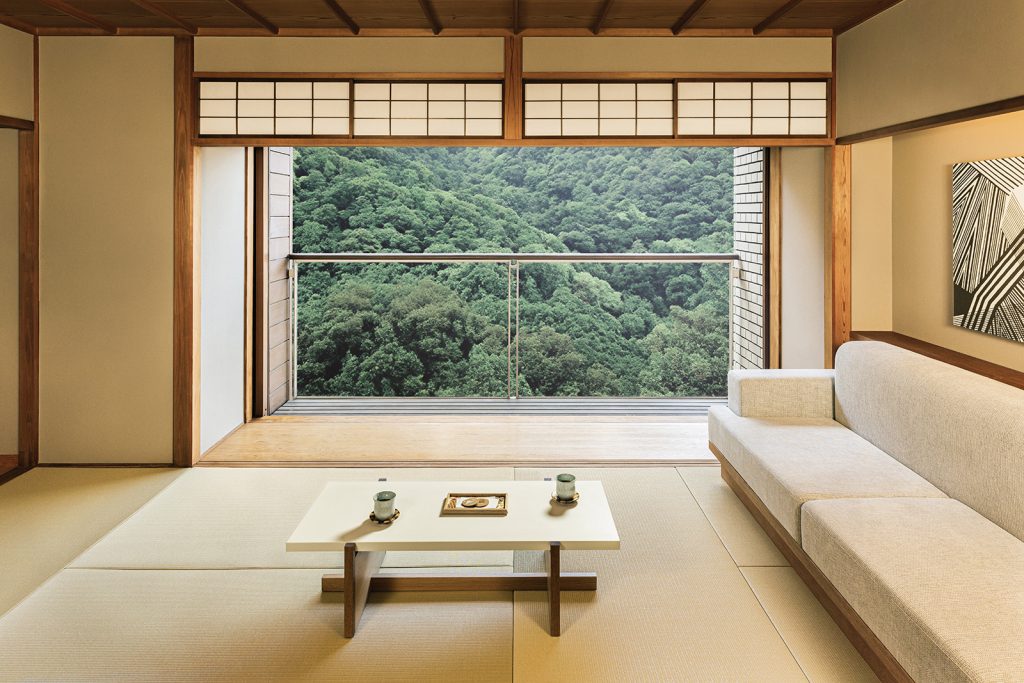
Photography courtesy of Hoshino Resorts.
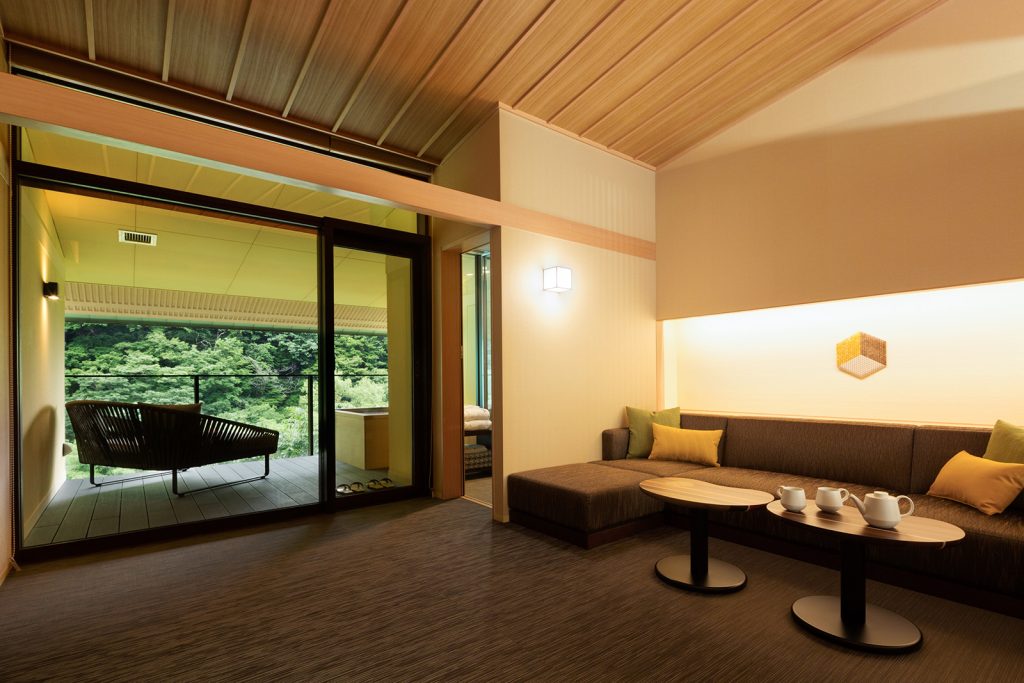
Photography courtesy of Hoshino Resorts.
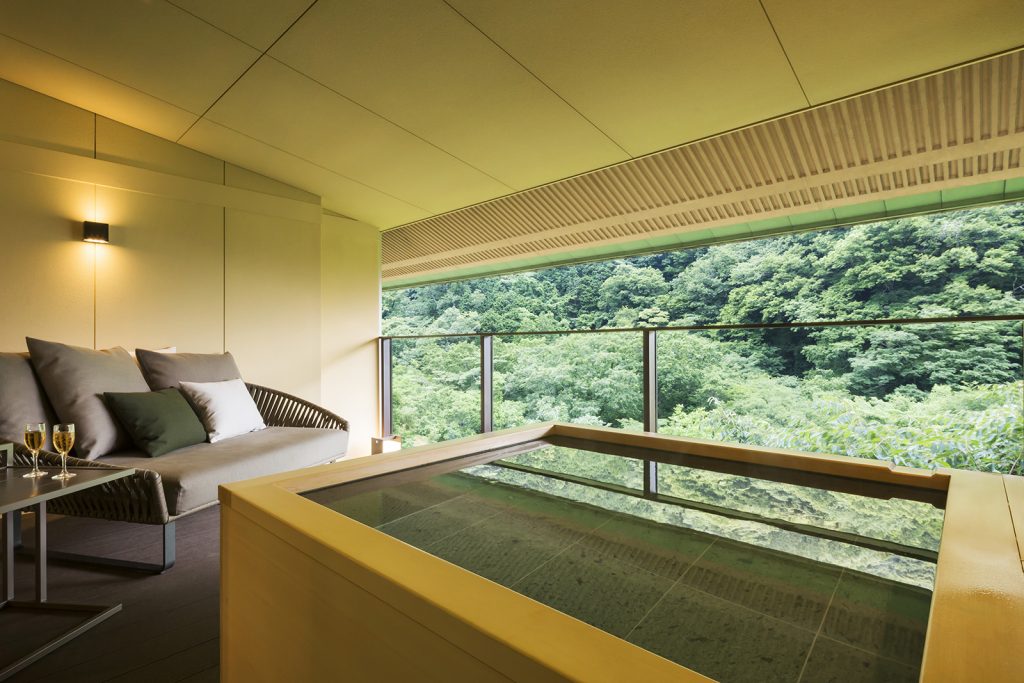
Photography courtesy of Hoshino Resorts.
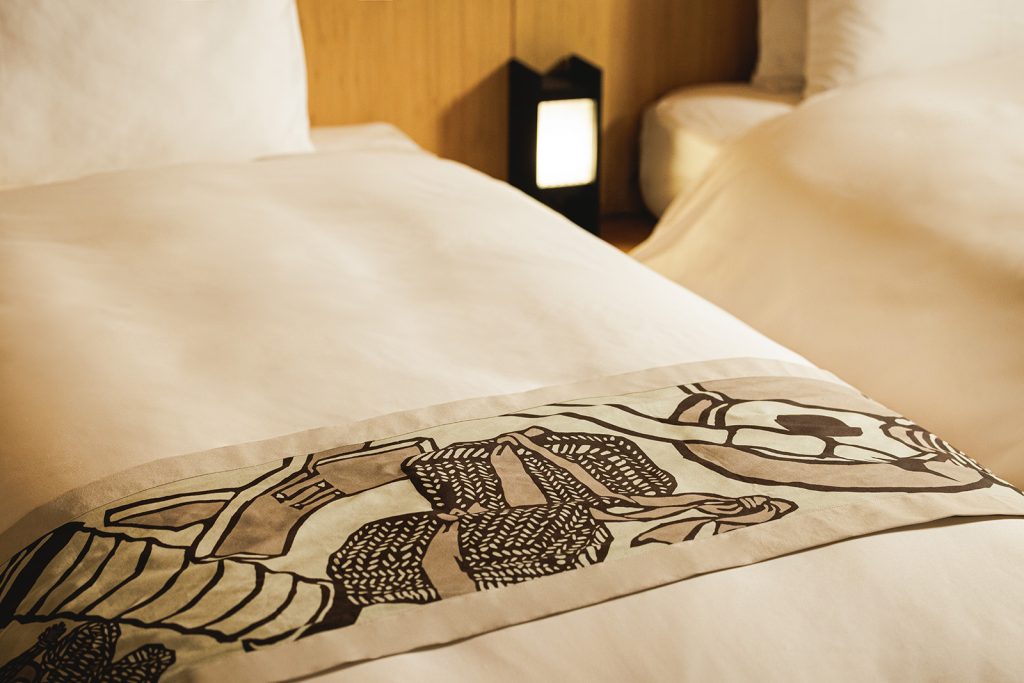
Photography courtesy of Hoshino Resorts.
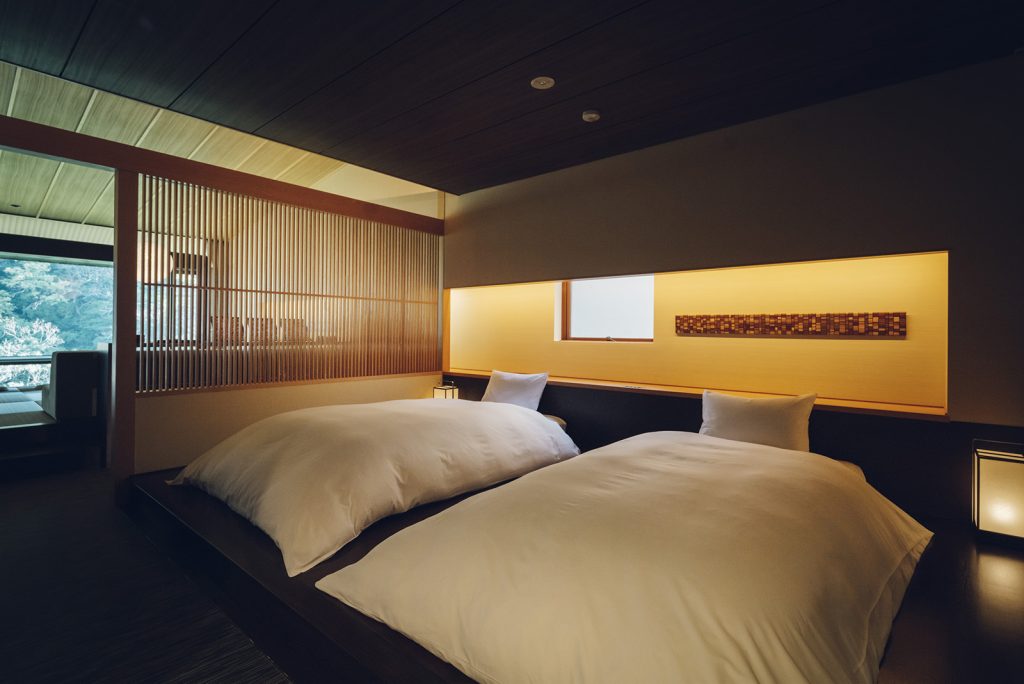
Photography courtesy of Hoshino Resorts.
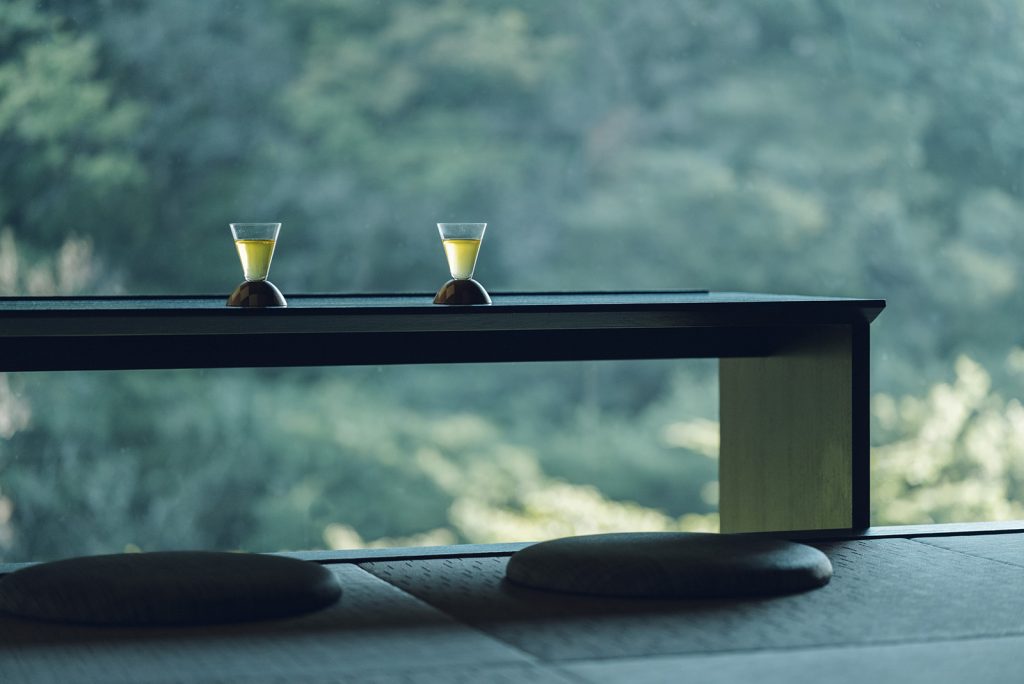
Photography courtesy of Hoshino Resorts.
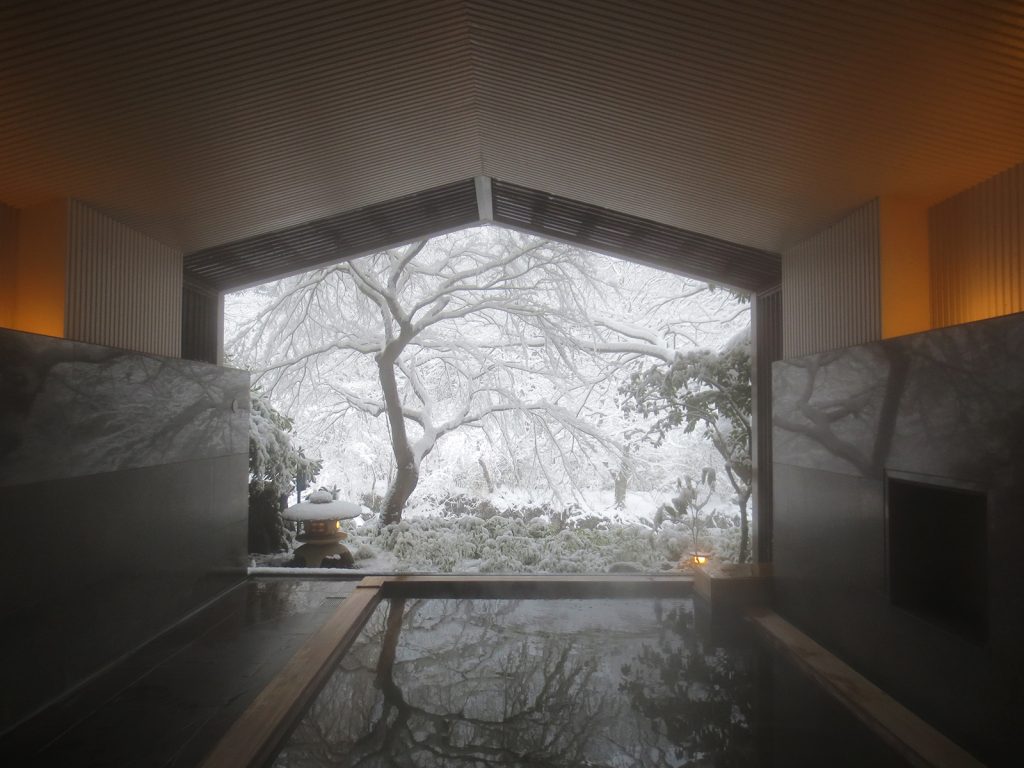
Photography courtesy of Hoshino Resorts.
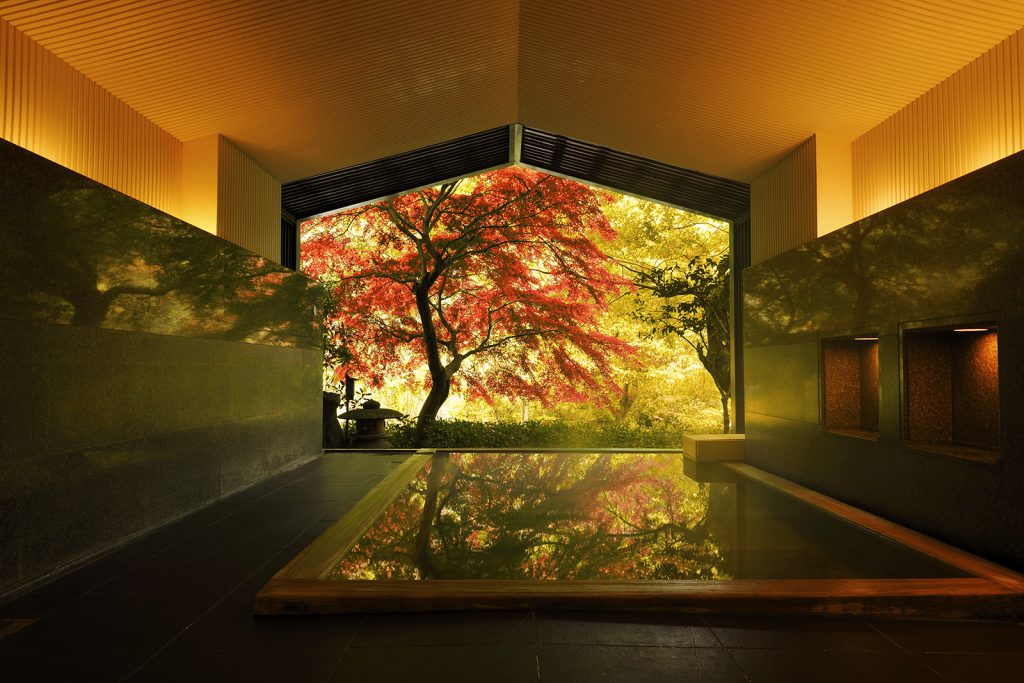
Photography courtesy of Hoshino Resorts.
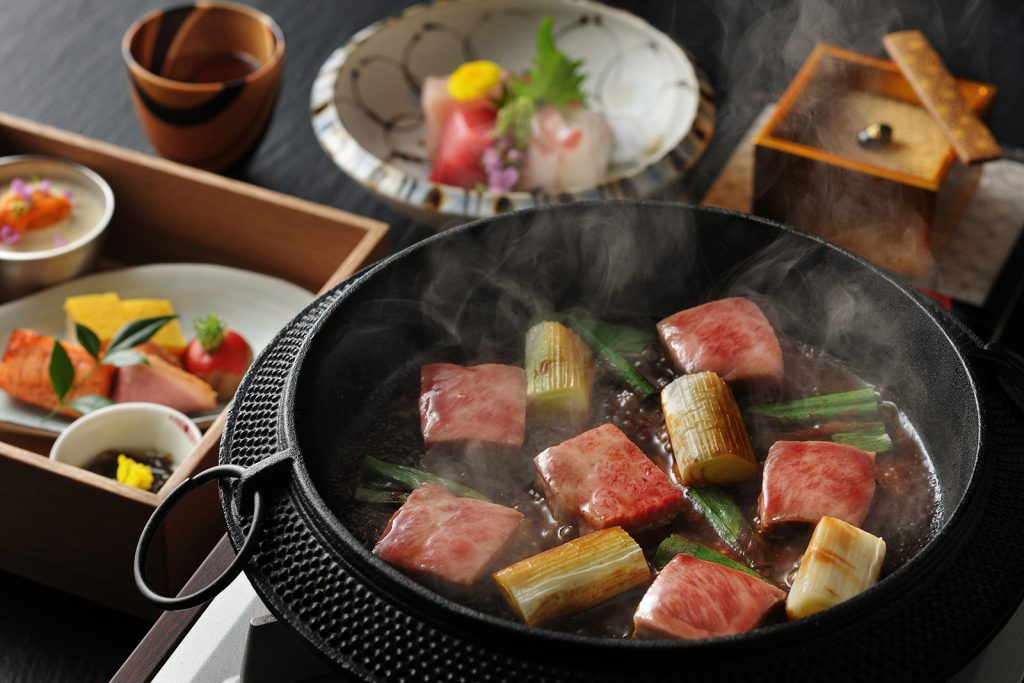
Photography courtesy of Hoshino Resorts.
The refurbished hot spring inn KAI Hakone
pays homage to this heritage. Located on the wooded riverbank, it operates a revitalised open-air onsen bath and transformed rooms with vast windows onto the tree canopy. Inside, low-frame furnishings with locally woven linens pivot toward the river views. Wood trim and original artwork incorporates traditional yosegi-zaiku elements, and visitors can partake in a programme of cultural workshops in new ‘cultural discovery’ centre, focusing on time-honoured wood inlay techniques.
For those without their own private alfresco baths, an invisible-edge hot spring onsen extends from a sheltered spa area into the untamed gardens. After, they can retreat to the reimagined courtyard teahouse called Sawa-chaya, which takes its design cues from teahouses of the Edo period, catering to tourist for more than 1,200 years.
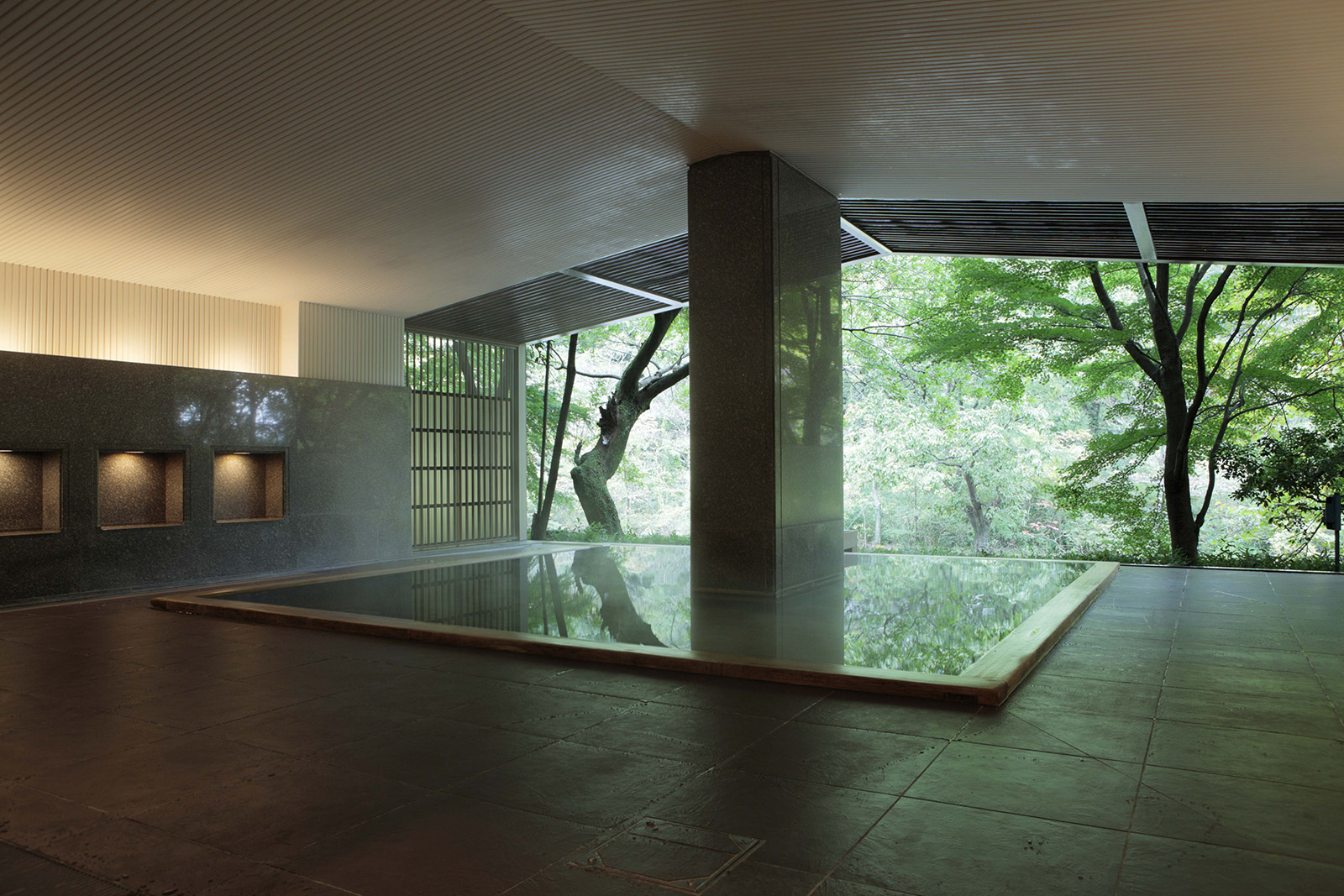
Photography courtesy of Hoshino Resorts.
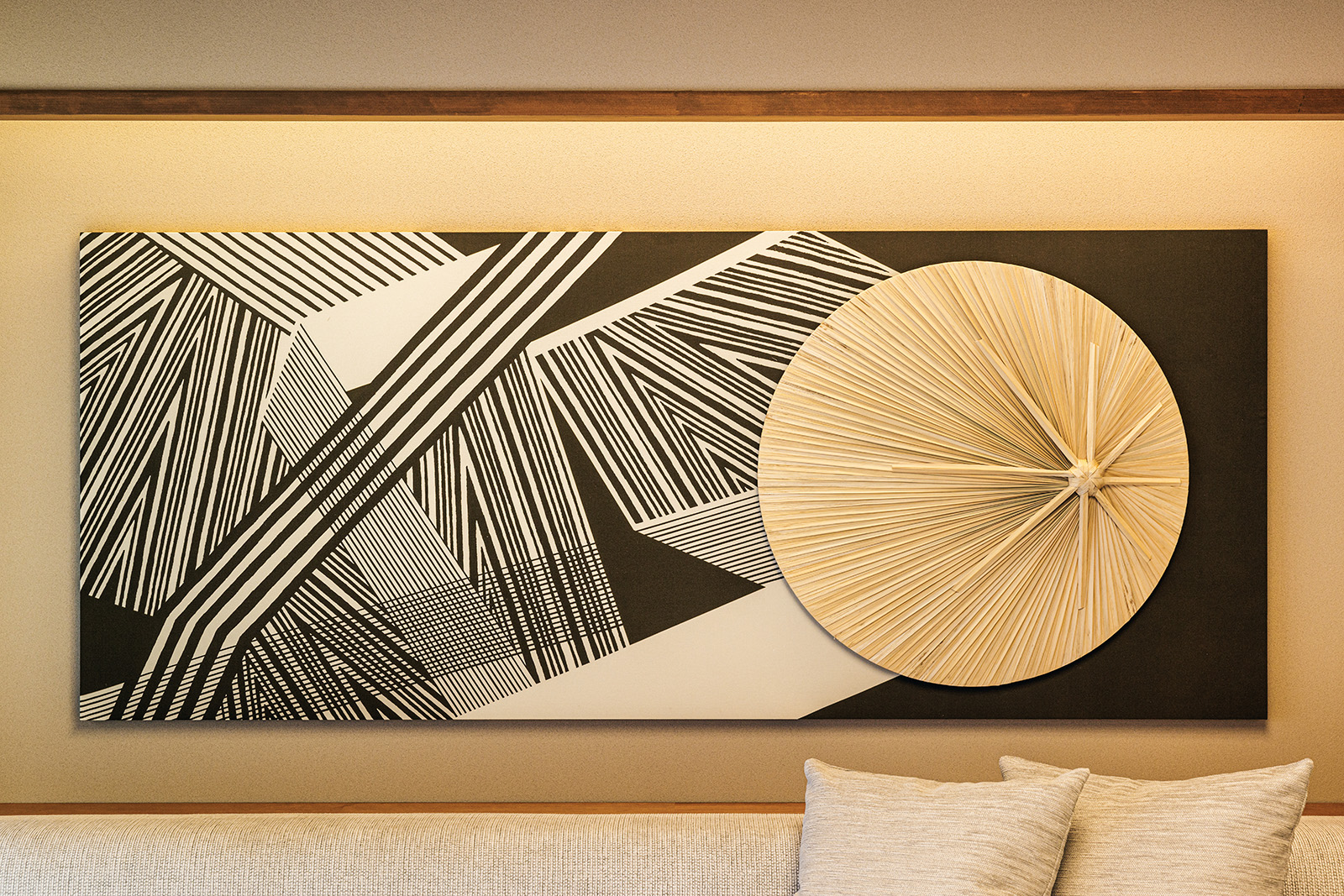
Photography courtesy of Hoshino Resorts.
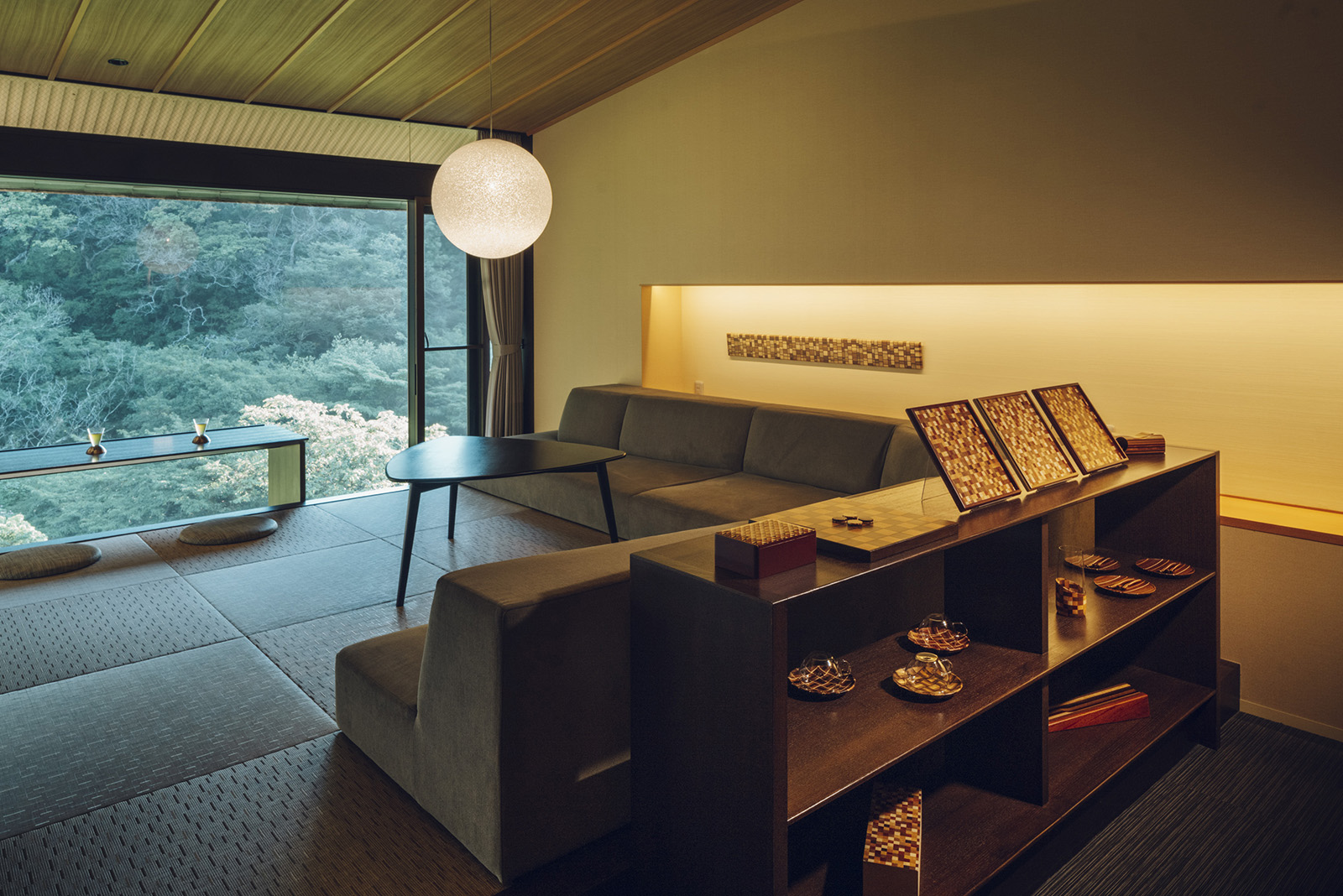
Photography courtesy of Hoshino Resorts.

Photography courtesy of Hoshino Resorts.

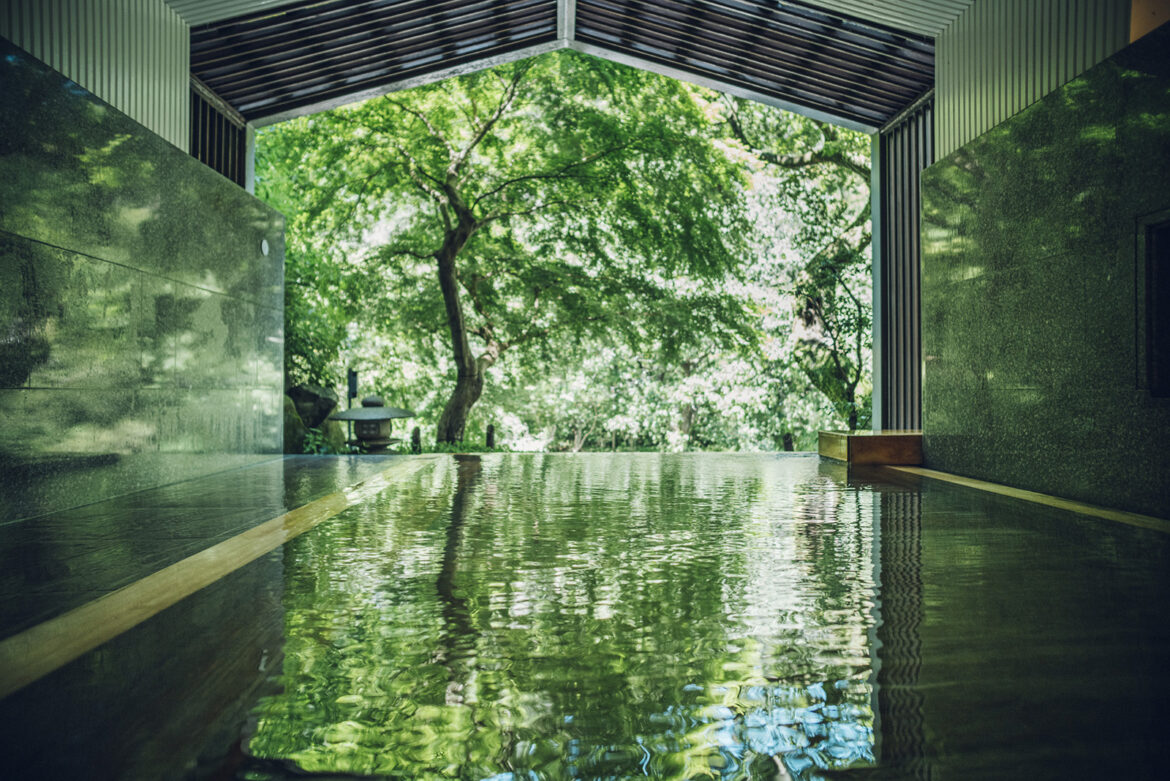
AloJapan.com